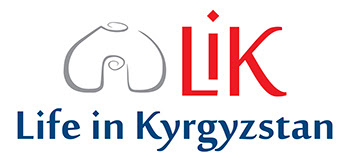This paper analyses the distributive impacts of internal violent conflicts, in contrast to previous literature which has focused on the effects of inequality on conflict. We use cross-country panel data for the time period 1960–2014 to estimate war-related changes in income inequality. Our results indicate rising levels of inequality during war and especially in the early period of post-war reconstruction. The return of inequality to pre-war levels may take up to four decades after the end of conflict. However, we find that this rise in income inequality is not permanent. While inequality peaks around 5 years after the end of a conflict, it declines again to pre-war levels within the end of the first post-war period. Lagged effects of conflict and only subsequent adjustments of redistributive policies in the period of post-war reconstruction seem to be valid explanations for these patterns of inequality. A series of alternative specifications confirms the main findings of the analysis.
Publication Details
- Year of Publication: 2017
- Region/s: Global
- Theme/s: Violence & Peacebuilding
- Method/s: Panel Data Analysis
- DOI: https://doi.org/10.1080/13600818.2016.1213227



